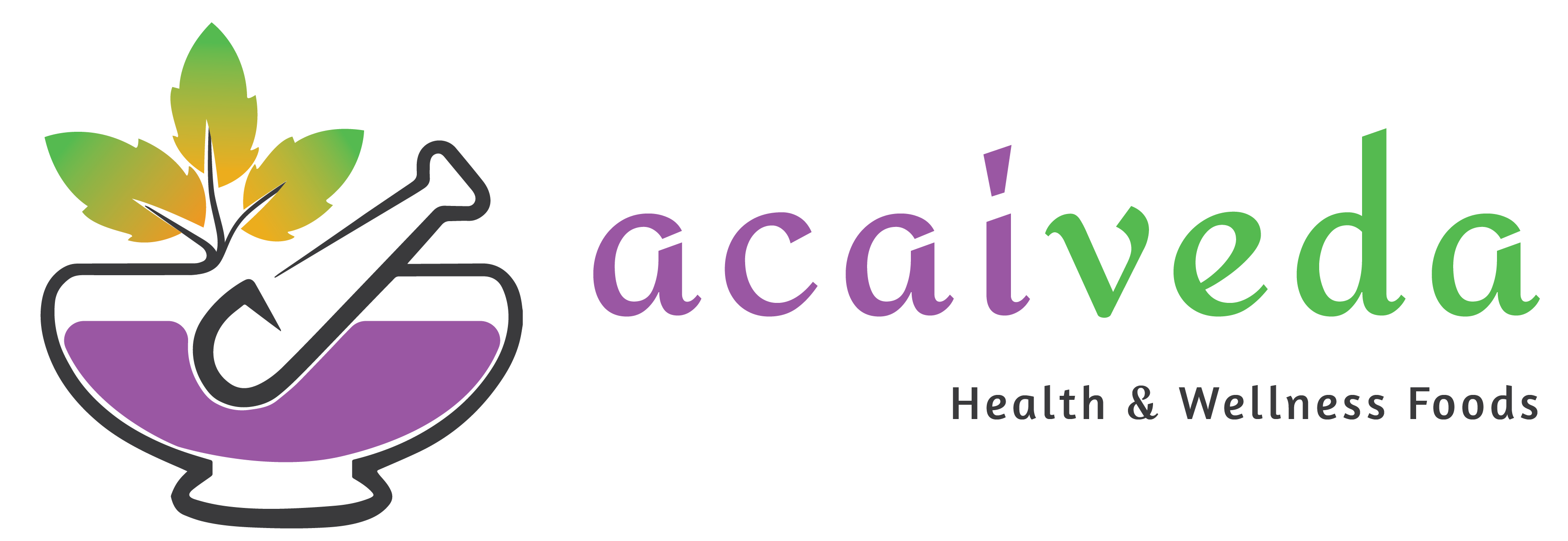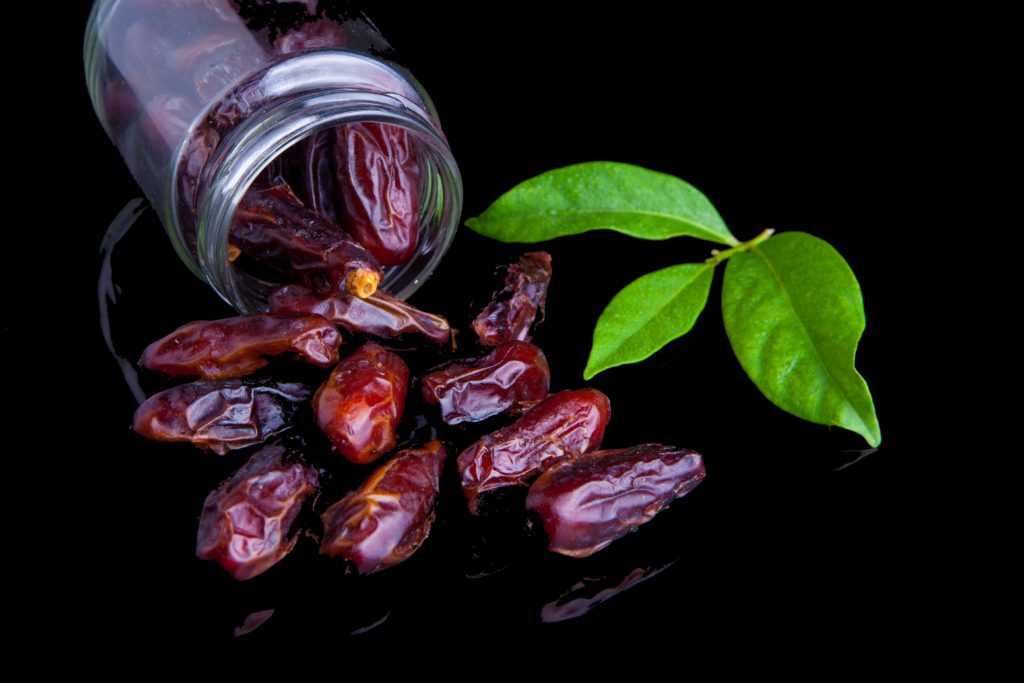
CACAO NIBS: YOUR DAILY DOSE OF HAPPINESS THROUGH CHOCOLATE GOODNESS
WHAT IS THE HISTORY OF CACAO NIBS?
Cacao nibs are made from the roasted and crushed seeds of the cacao tree (Theobroma cacao), which is native to South America. The use of cacao and its products, including cacao nibs, dates back thousands of years to ancient civilizations in South and Central America, where the seeds were used for both culinary and ceremonial purposes.
The Mayans and Aztecs believed that cacao was a gift from the gods and used it as currency and in religious rituals. They also consumed cacao in a bitter drink, often mixed with spices and honey. The drink was believed to have both spiritual and physical benefits, including increased energy and heightened awareness.
When Spanish conquistadors arrived in South America, they discovered the use of cacao and brought the seeds back to Europe, where sugar was added to make the drink more palatable. The popularity of the drink spread throughout Europe, and eventually, chocolate became a popular food item and a symbol of luxury.
Today, cacao nibs are often used as a natural sweetener and flavor enhancer in many types of cuisine, including baking, chocolate-making, and smoothies. They are also considered a superfood, as they are a good source of antioxidants, fiber, and magnesium, among other nutrients.
WHAT NUTRIENTS ARE IN CACAO NIBS?
Cacao nibs are a nutritious food that contain a variety of essential nutrients, including:
- Fiber: Cacao nibs are a good source of fiber, which can help regulate digestion and promote a feeling of fullness.
- Magnesium: Cacao nibs are a rich source of magnesium, which is essential for heart health, strong bones, and a healthy nervous system.
- Iron: Cacao nibs contain iron, which is important for healthy blood flow and oxygen delivery to the body’s cells.
- Manganese: Cacao nibs contain manganese, which is essential for healthy bone development and wound healing.
- Copper: Cacao nibs contain copper, which is essential for healthy blood vessels, bones, and skin.
- Zinc: Cacao nibs contain zinc, which is essential for a healthy immune system, wound healing, and taste perception.
- Phosphorus: Cacao nibs contain phosphorus, which is essential for healthy bones, teeth, and DNA.
- Antioxidants: Cacao nibs are high in antioxidants, including flavonoids and polyphenols, which help to protect cells against oxidative damage.
WHAT IS THE DAILY VALUE OF NUTRITION IN CACAO NIBS?
Here are some rough estimates based on a 100-gram serving of raw cacao nibs:
- Fiber: Roughly 35% of the recommended daily value.
- Magnesium: Roughly 67% of the recommended daily value.
- Iron: Roughly 22% of the recommended daily value.
- Manganese: Roughly 73% of the recommended daily value.
- Copper: Roughly 69% of the recommended daily value.
- Zinc: Roughly 29% of the recommended daily value.
- Phosphorus: Roughly 45% of the recommended daily value.
WHAT ARE THE BENEFITS OF CACAO NIBS?
Cacao nibs are a rich source of nutrients and are believed to offer several health benefits:
- Antioxidants: Cacao nibs are high in antioxidants, including flavonoids and polyphenols, which help to protect cells against oxidative damage.
- Fiber: Cacao nibs are a good source of fiber, which can help to regulate digestion and promote a feeling of fullness, which can aid in weight management.
- Magnesium: Cacao nibs are a rich source of magnesium, which is essential for heart health, strong bones, and a healthy nervous system.
- Iron: Cacao nibs contain iron, which is important for healthy blood flow and oxygen delivery to the body’s cells.
- Heart health: The flavonoids in cacao nibs have been shown to have a positive effect on heart health, including reducing blood pressure, improving blood flow, and decreasing cholesterol levels.
- Mood enhancement: Cacao contains small amounts of theobromine and caffeine, which are natural stimulants. These compounds have been shown to have a positive effect on mood and energy levels.
- Improved cognitive function: The flavonoids in cacao have been shown to improve cognitive function, including memory and focus.
HOW DO I CONSUME CACAO NIBS?
Here are a few ways to incorporate cacao nibs into your diet:
- Snack on them plain: Cacao nibs have a crunchy texture and a bitter, chocolatey flavor that some people enjoy on their own as a snack.
- Add them to smoothies: Cacao nibs can be added to smoothies for a nutritious and delicious boost of flavor.
- Sprinkle them on yogurt or oatmeal: Cacao nibs can be sprinkled on top of yogurt or oatmeal for a crunchy and flavorful addition to your breakfast.
- Bake with them: Cacao nibs can be added to baked goods such as muffins, cakes, and cookies for a nutritious and delicious twist on your favorite recipes.
- Mix them into trail mix: Cacao nibs can be mixed with nuts, dried fruit, and seeds to create a nutritious and delicious trail mix.
- Top your ice cream: Cacao nibs can be sprinkled on top of ice cream for a crunchy and chocolatey twist on a classic treat.
HOW MUCH CACAO NIBS DO I CONSUME DAILY?
Cacao nibs are relatively high in fat, with a 100-gram serving containing roughly 53 grams of fat. As a result, it’s best to consume cacao nibs in moderation to help prevent unwanted weight gain.
A general guideline is to aim for 1-2 tablespoons of cacao nibs per day. You can add them to smoothies, baked goods, or yogurt for a nutritious and delicious snack. It’s also important to keep in mind that cacao nibs are relatively high in caffeine and theobromine, which can have stimulating effects on the body. If you are sensitive to caffeine, it’s best to consume cacao nibs in moderation or opt for decaffeinated options.
Note: We are a small business so we used a cheat code (ChatGPT, phew, technology has come far!) to help me write this blog post. I double-checked the information contained within this post to ensure accuracy.





